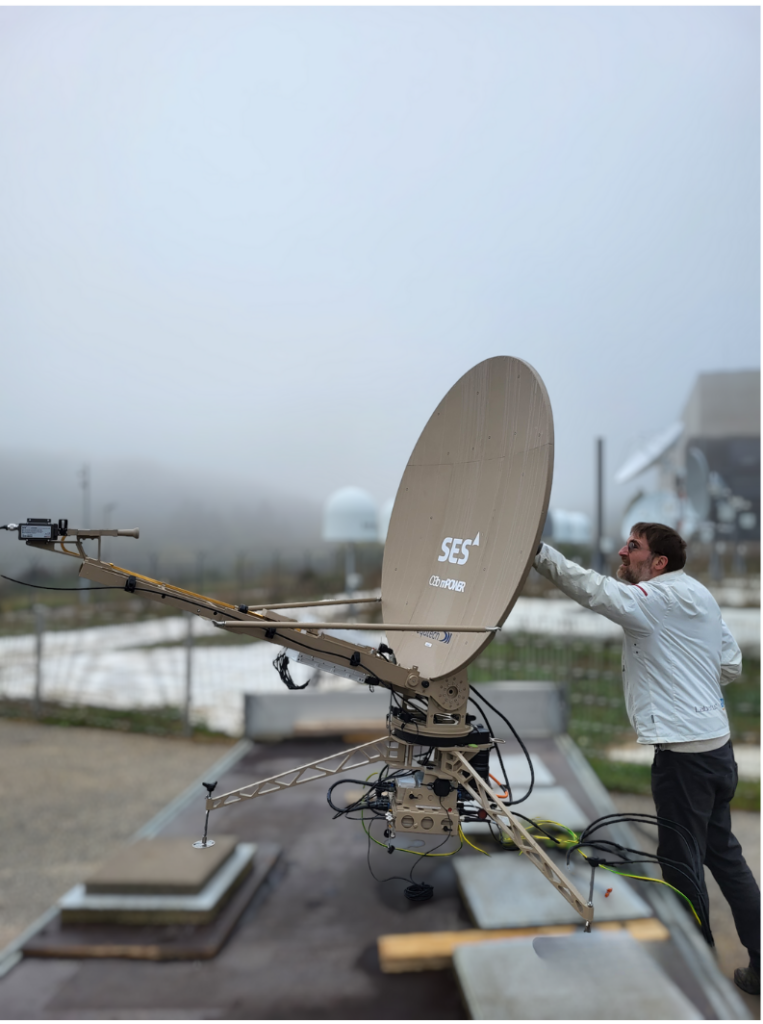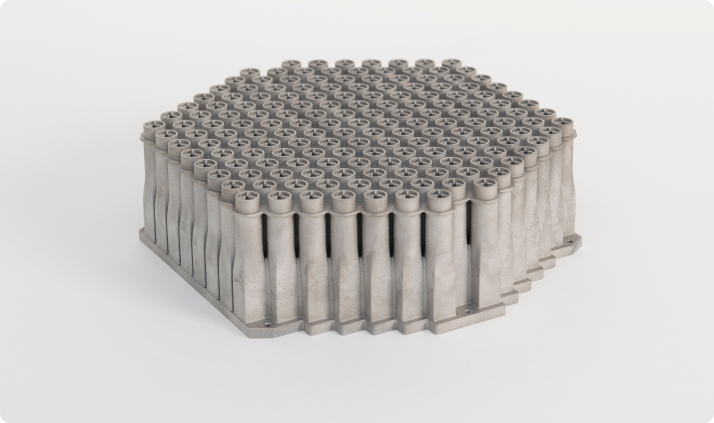SWISSto12 has made a remarkable journey in satellite manufacturing. The company now produces its own HummingSat, as well as 3D-printed filters, waveguides, and other RF components. Recently, it was selected by data and video firm SES to manufacture antennas for SES’s Medium Earth Orbit (MEO) constellation, the 13-satellite O3b mPOWER network. This constellation connects various communication networks, delivers broadband, and provides a secure communications infrastructure. One key feature is its ability to direct beams toward specific geographic areas and transmit different data on the same frequency in separate regions using high-gain antennas (spot beams).
We already know that 3D printing is the optimal method for manufacturing RF antennas for space applications. Horn and other antennas can be optimized for better signal transmission, reducing mass while improving conformity and minimizing the number of components. What’s truly exciting about this contract is that it involves “large aperture electronically steered antennas for its customer user terminals.”
Ground stations and mobile terminals have traditionally been produced using conventional manufacturing techniques, including composites. Some terminals are compact enough to fit in your hand, while others—more commonly—are the large units mounted on top of TV trucks. The image below shows a PICO 120A SES O3b mPOWER terminal.

In this configuration, the antenna receiver has a 1.2-meter diameter, and typically, you’d purchase two units. The key components are designed to acquire a signal quickly, regardless of location. This setup works well if you’re driving a truck to a site and remaining stationary to transmit.
But what if you’re constantly on the move? In scenarios like jet travel, a phased array becomes a better option (as shown below). A phased array functions similarly to the DMD chips used in DLP technology, where numerous individual elements can adjust independently. By working together, these elements optimize phase and amplitude to enhance signal reception through beamforming.
With additive, you can create an antenna that eliminates the need for numerous motors and mechanical parts to move its components. In this case, the antenna will be developed for telecom customers focused on mobile backhauling—connecting individual cell towers to the broader network or linking an entire network to the internet.
This is particularly valuable in high-bandwidth, remote areas. In this iteration, the antenna will support Ka-, Ku-, and X-band high-bandwidth solutions. One early example is its use in connecting 290,000 people across eight isolated towns in the Amazon to a 4 Gbps 5G internet network.
While it’s tempting to see this purely as a way to bring Sesame Street to remote communities, these solutions also serve critical roles in military operations, asset monitoring, maritime communications, and remote mining and energy sites.

An example of a SWISSto12 LEO passive beam forming antenna.


































